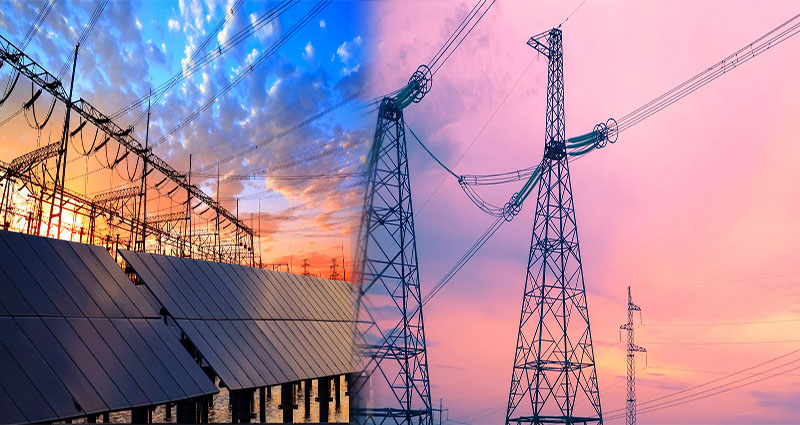Harnessing the Power of Smart Grid Integration for Energy-Efficient Homes
In our quest for a more sustainable future, energy-efficient homes are becoming increasingly popular. One crucial aspect of achieving energy efficiency is the integration of smart grids into residential buildings. In this article, we will explore the concept of smart grid integration and its benefits for creating energy-efficient homes.
Understanding Smart Grid Integration
A smart grid is an advanced electrical grid that incorporates digital communication and automation technology. It enables two-way communication between the utility provider and consumers’ homes, allowing for real-time information exchange on electricity usage, prices, and grid conditions. Smart grid integration involves connecting residential buildings to this intelligent grid system, allowing homeowners to optimize their energy consumption and reduce wastage.
Benefits of Smart Grid Integration
Smart grid integration offers numerous advantages for energy-efficient homes:
- Energy Management: Smart grid integration empowers homeowners to have greater control over their energy usage. With real-time data on electricity consumption, they can











